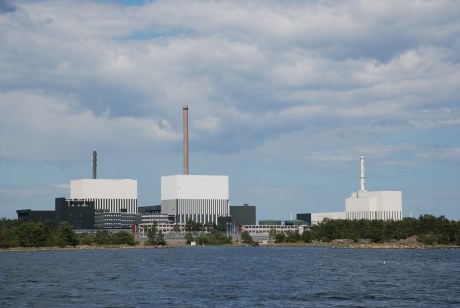The Swedish nuclear regulator believes that improvements instigated by operator OKG can overcome safety culture shortcomings at Oskarshamn, but has instructed the company to supply six-monthly progress reports.
 |
| Oskarshamn (Image: OKG) |
Since December 2012, the three-unit plant has been operating under special supervision from the Swedish Radiation Safety Authority (SSM) after the regulator decided that actions taken by OKG to address weaknesses identified in 2011 had been insufficient. The regulator gave OKG until August 2013 to provide a detailed action plan of measures to address its concerns.
The SSM has now completed its assessment of OKG's plans and says it believes that the company has the potential to overcome the problems identified by the regulator in five different areas relevant to safety culture at the plant. However, it has directed OKG to submit six-monthly progress reports starting from 1 March 2014 until the regulator decides there are sufficient grounds to reconsider the special operating conditions imposed on the plant.
OKG managing director Johan Svenningsson said the positive feedback from the SSM was "important proof that we are on the right track with our improvement work."
Oskarshamn's three boiling water reactors account for about 10% of Sweden's electricity generation. At 473 MWe, Oskarshamn 1 is Sweden's smallest reactor and also the longest operating, entering commercial operation in 1972. The unit is currently operating at about 80% of its capacity because of turbine problems. Unit 2 is slightly larger at 638 MWe and has been operating since 1974. Unit 3 is one of the country's newest reactors, operating since 1985, and was uprated to 1450 MWe in 2011 after extensive modernisation.
Oskarshamn 2 is also undergoing extensive modernisation under a long-term program, and has been in a planned outage since June. It is expected to remain off line until April 2014.
In a statement, the company pointed to Oskarshamn 3's exemplary performance in 2013: the unit is on track for record-breaking production for the year despite a recent outage when a large number of jellyfish were found in the unit's cooling water intake.
Researched and written
by World Nuclear News




_18570.jpg)
_16159.jpg)
_18938.jpg)
_33584.jpg)





